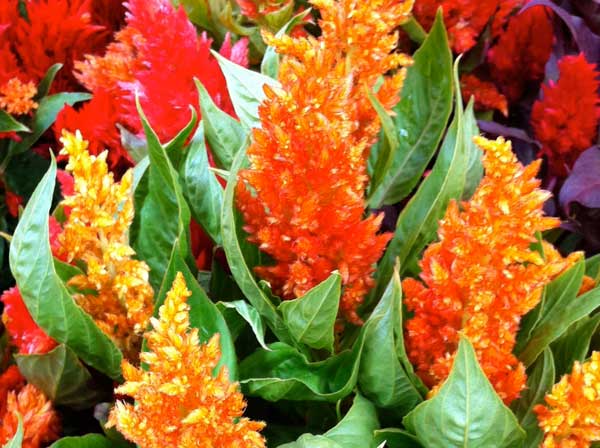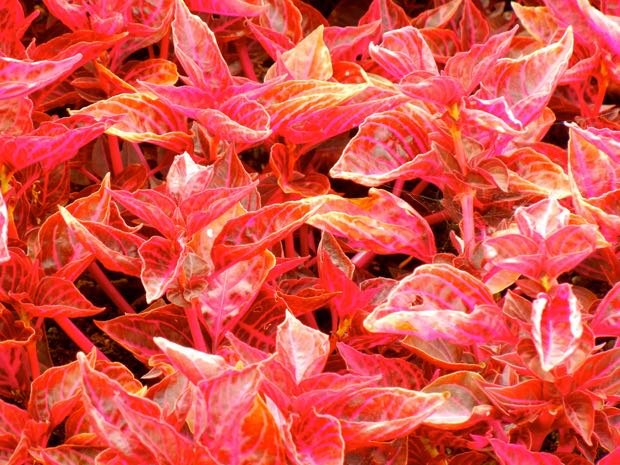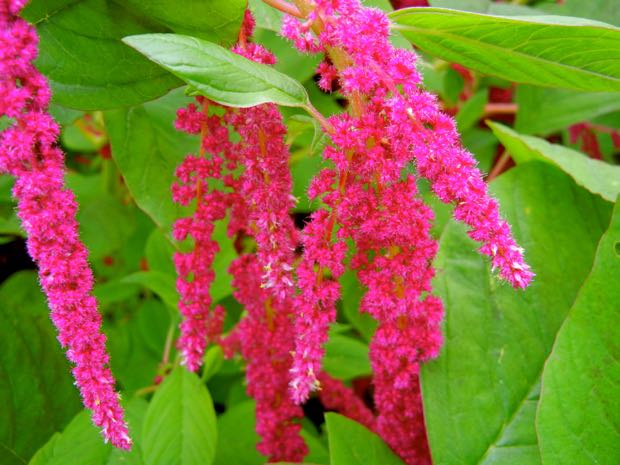Amaranthaceae: Exploring the Diverse Family of Amaranthaceae Plants
Plant Diversity and Characteristics: Amaranthaceae plants exhibit remarkable diversity in their forms, ranging from herbs and shrubs to even small trees. Many species within this family are known for their vibrant foliage, interesting textures, and striking inflorescences. The leaves are often simple, alternate, and may vary in shape, ranging from lanceolate to ovate or even triangular. Some species have succulent leaves, adapting to arid environments. Amaranthaceae is also commonly known as the Amaranth family.
Flowers and Reproduction: The flowers of Amaranthaceae plants are generally small and inconspicuous, arranged in various inflorescence types such as spikes, racemes, or panicles. The color of the flowers varies across species, including shades of green, yellow, red, or purple. Many species produce copious amounts of tiny seeds that are often encased within persistent bracts or capsules. These seeds play a vital role in the plant’s reproduction and dispersal.
Ecological Significance and Uses: The Amaranthaceae family is not only intriguing from a botanical standpoint but also holds great ecological and economic significance. Some species, such as Amaranthus spp., have been cultivated for thousands of years as a food source, with their edible leaves and seeds providing valuable nutrition. Certain members of the family, like salt-tolerant species in coastal areas, contribute to ecosystem stability and land conservation.
In addition to their ecological roles, Amaranthaceae plants have found applications in various cultural and medicinal practices. Some species possess bioactive compounds that have been traditionally used for their therapeutic properties. Moreover, several ornamental plants, such as Celosia argentea ‘Plumosa’, are valued for their vibrant flowers and attractive foliage, enhancing gardens and floral arrangements.
Cultivation and Growing Considerations: Cultivating Amaranthaceae plants can be a rewarding experience, given their diversity and adaptability. Many species within the family are hardy and can thrive in a range of climates and soil conditions. However, specific cultivation requirements may vary depending on the individual species. It is advisable to research the needs of the particular plant you intend to grow, considering factors such as sunlight, soil type, and moisture requirements.
As with any plant, it is essential to consider potential invasiveness when introducing Amaranthaceae species into new environments. Some species within the family have become invasive in certain regions, out-competing native plants and disrupting local ecosystems. It is crucial to exercise caution and adhere to local guidelines and regulations regarding the cultivation of Amaranthaceae plants.
In conclusion, the Amaranthaceae family offers a rich tapestry of plant diversity, encompassing both practical and aesthetic values. Exploring the various species within this family can provide a deeper understanding of their ecological roles, cultural significance, and horticultural potential.
The genera for the Amaranthaceae family include:
Achyranthes
Achyropsis
Acroglochin
Aerva
Agathophora
Agriophyllum
Allenrolfea
Allmania
Allmaniopsis
Alternanthera
Anabasis
Anthochlamys
Aphanisma
Archiatriplex
Armola
Arthraerua
Arthrocaulon
Arthroceras
Arthrocnemum
Arthrophytum
Atriplex
Axyris
Baolia
Bassia
Beta
Bienertia
Blutaparon
Bosea
Calicorema
Camphorosma
Centema
Centemopsis
Centrostachys
Ceratocarpus
Ceratoides
Chamissoa
Charpentiera
Chenolea
Chenopodiastrum
Chenopodium
Chionothrix
Choriptera
Climacoptera
Corispermum
Cornulaca
Cyathobasis
Cyathula
Cycloloma
Cyphocarpa
Dasysphaera
Deeringia
Dicraurus
Didymanthus
Digera
Dissocarpus
Duriala
Dysphania
Einadia
Enchylaena
Eokochia
Eremophea
Eriochiton
Eriostylos
Exomis
Fadenia
Froelichia
Froelichiella
Gamanthus
Girgensohnia
Gomphrena
Gossypianthus
Grayia
Grubovia
Guilleminea
Gyroptera
Halanthium
Halarchon
Halimocnemis
Halocharis
Halocnemum
Halogeton
Halopeplis
Halosarcia
Halostachys
Halothamnus
Halotis
Haloxylon
Hammada
Hebanthe
Hemichroa
Henonia
Herbstia
Hermbstaedtia
Heterostachys
Holmbergia
Horaninovia
Iljinia
Irenella
Isgarum
Kalidium
Kaviria
Kirilowia
Kochia
Krascheninnikovia
Kyphocarpa
Lagenantha
Lagrezia
Lecanocarpus
Lecosia
Leucosphaera
Lipastrum
Lithophila
Maireana
Malacocera
Mangleticornia
Manochlamys
Marcelliopsis
Mechowia
Microcnemum
Microgynoecium
Micromonolepis
Monolepis
Nanophyton
Nelsia
Neobassia
Neocentema
Neokochia
Nitrophila
Noaea
Nothosaerva
Nucularia
Nyssanthes
Ofaiston
Oreobliton
Oreosalsola
Osteocarpum
Oxybasis
Pachycornia
Panderia
Pandiaka
Patellifolia
Pedersenia
Petrosimonia
Pfaffia
Philoxerus
Physandra
Pleuropetalum
Pleuropterantha
Polycnemum
Proatriplex
Pseudoplantago
Pseudosericocoma
Psilotrichopsis
Psilotrichum
Ptilotus
Pupalia
Quaternella
Rhagodia
Rosifax
Roycea
Salicornia
Salsola
Scleroblitum
Sclerochlamys
Sclerolaena
Sclerostegia
Sedobassia
Seidlitzia
Sericocoma
Sericocomopsis
Sericorema
Sericostachys
Sevada
Soda
Spinacia
Spirobassia
Stelligera
Stilbanthus
Stutzia
Suaeda
Suckleya
Sympegma
Tecticornia
Telanthera
Threlkeldia
Tidestromia
Traganopsis
Traganum
Trichuriella
Turania
Volkensinia
Wadithamnus
Xerosiphon
Zuckia



